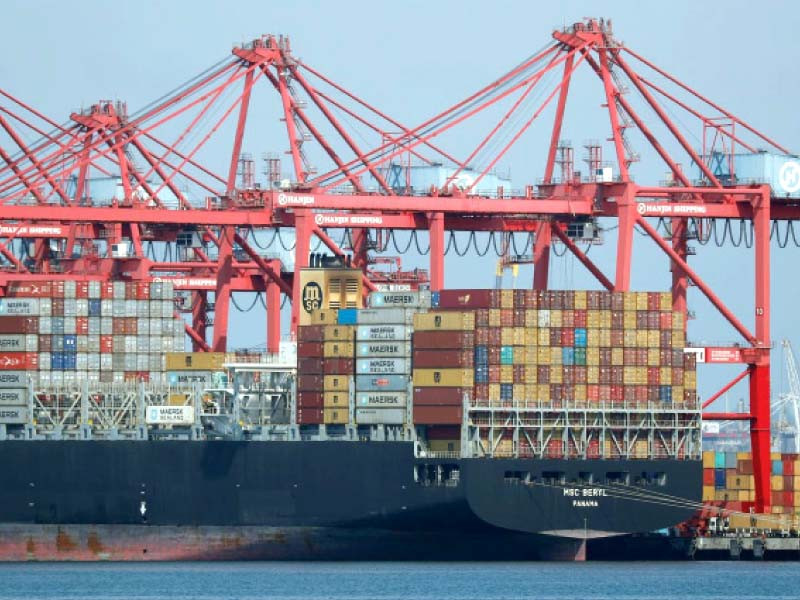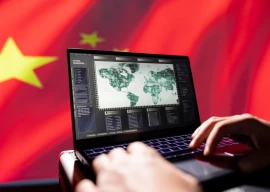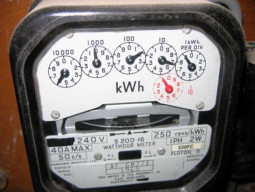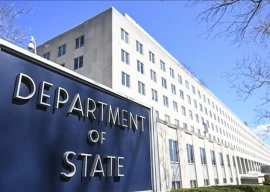
In FY23, Pakistan’s economy experienced one of its most difficult years. The commodity cycle post-Covid started the unabated growth in consumer prices, which was fueled by expansionary policies on the ground.
This resulted in Pakistan witnessing Consumer Price Index (CPI) levels of 36.40% in April 2023, with 10MFY23 average at 28.12% vs 10MFY22 average at 11.01%. Resultantly, we saw an aggressive quantitative tightening cycle with rates being raised very quickly to try and avoid inflation being routed deeply within the economy.
Despite trying hard, the governments have failed to address the perennial structural problems in the economy via reforms for decades and broaden the tax base.
Being an import-led economy, this consumption-led growth continued to create a drain on forex reserves as funding from bilateral (GCC, China) and multilateral (IMF, ADB, etc) entities and aid flows from global donors remained far below the desired levels.
It is worth mentioning that for the first time in more than a decade, Pakistan would potentially be a net payer of external public debt to the tune of $3 billion. This saw the currency lose ground by around 40% last year, with forex reserves falling drastically to precarious levels of less than one month of import cover.
While the government and the SBP, in coordination with other departments, took drastic steps to reduce imports, the pace wasn’t fast enough to counter the dip in exports and remittances.
Tight control over supplies via imports and the high cost of business due to interest rates have had a very negative impact on the business cycle and created joblessness, further deteriorating the situation on the ground.
The high inflation rate has disproportionately impacted the poor, as they spend a major portion of their income on food and other essentials, the prices of which have skyrocketed. According to a preliminary estimate of the World Bank, the national poverty rate will nearly double in FY23, pushing more than 6 million people into poverty.
Global slowdown in Pakistan’s key export markets has resulted in the local situation becoming more precarious as the government faces the challenges of high debt repayment, a large current account deficit, and lower remittance inflows.
Drastic cuts have been made in development spending, which has taken fuel away from the fire in the local economy. The government has failed to implement any substantial austerity measures, and this has increased reliance on one-off revenue measures, which are difficult to come by in a shrinking economy.
Even the recently announced budget has not been tailoured to the current economic demands and is more of a copy-paste of previous years as it fails to broaden the tax base, taxes the already taxed, and relies heavily on one-off revenue measures, thus not doing much to alleviate the intense liquidity pressures on the government.
This has been further compounded by the political turmoil, which has eroded any iota of business confidence, both locally and globally.
For any new IMF programme negotiations to start and remittance flows to restart, a government with a clear five-year mandate needs to be put in place and given substantial space to operate and undertake structural reforms.
Based on the key assumptions that political stability would be achieved, the economy would limp back to normalcy, albeit at a very slow pace.
The inflation trajectory is expected to wind down slowly and gradually, primarily due to the base effect and as the structural changes start to take effect. Inflation is projected to be around 21% for FY24, with core inflation at 16%.
Interest rate easing is expected to start in late Q3 or early Q4 of FY24 and settle around 18% by June 2024.
On the exchange rate front, a slower depreciation is expected in FY24, but a lot is dependent on how quickly we manage the external crisis and adhere to the IMF’s requirements.
Supply chain blockages remain a major concern for economic recovery. It is widely projected that goods worth $2.5 billion are stuck at ports. On top of that, the imports made on 180-day DA late last year have now matured and are ready for payment, which would dent the reserves by around $300 million per month over and above the actual imports at port.
While the budget document projects a 7.1% fiscal deficit, we expect the deficit to be above 7.5%, primarily due to the election year.
The writer is a student of behavioral finance, a visiting faculty at IBA, and a treasury & wealth management professional who is passionate about AI-led biotech startups and business process re-engineering
Published in The Express Tribune, June 26th, 2023.
Like Business on Facebook, follow @TribuneBiz on Twitter to stay informed and join in the conversation.





1726222798-0/Tribune-Pic-(13)1726222798-0-165x106.webp)


















COMMENTS
Comments are moderated and generally will be posted if they are on-topic and not abusive.
For more information, please see our Comments FAQ